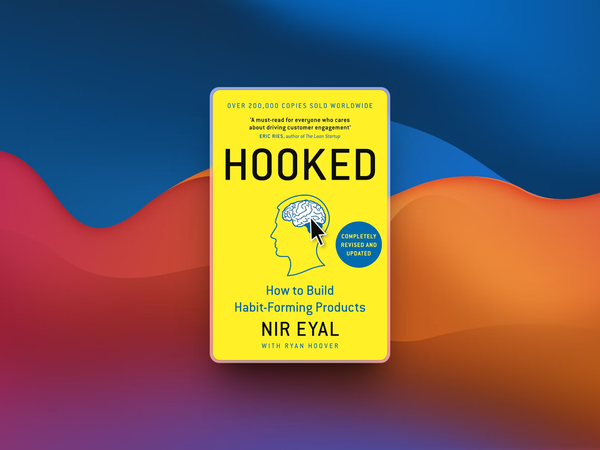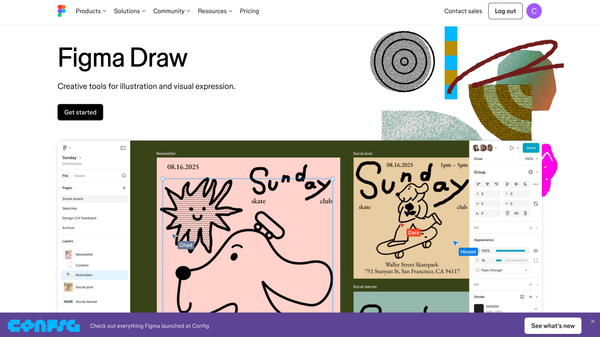It’s a classic story we’ve all heard before: a scrappy little startup has a big idea, and sets out to change the world. Armed with nothing but passion and grit, they throw caution to the wind and start building from scratch. But as the months go by, things start to go wrong.
The product isn’t gaining traction, users are complaining, and the team is starting to lose faith.
As a senior designer, I’ve seen this story play out time and time again. It’s like a chef cooking a meal without tasting it first. You might think you’ve got all the right ingredients, but without tasting it, you’re just guessing. And that’s a dangerous game to play when it comes to designing, building, and launching a product.
You might think you know what your users want, but without conducting user research, do you really?
Leverage existing research

Let’s go back to our fictional scrappy startup. What should they have done in their situation?
Well, for one thing, they could have taken a page out of LinkedIn’s book. The social media giant’s early days were fraught with uncertainty and missteps, but it managed to pull it together and emerge as a dominant force in the professional networking space.
And one of the keys to their success? Building on pre-determined user behaviours — essentially user experience research that had already been conducted by others and shared online.
Now, you might be thinking, “Wait a minute, isn’t that cheating? Aren’t startups supposed to be all about innovation and disrupting the status quo?” And sure, that’s one way to look at it. But at the end of the day, if you’re not giving people what they want, it doesn’t matter how groundbreaking your idea is.
It’s a bit like going on a first date. You might think it’s a good idea to surprise your date with a completely unique and unexpected experience, like bungee jumping off a bridge or eating raw squid. But chances are, they’re not going to be thrilled about it.
They want to know that you’ve put some thought into what they might enjoy, based on what you know about them. And the same goes for users. They want to feel like you understand their needs and desires, and that you’re offering them something that will make their lives easier or more enjoyable.
Maximising Insights, Minimising Costs

So if you’re starting a new venture, don’t be afraid to use the research of those that have gone before you. Look at what similar products or services are already out there, and see what’s working and what’s not. Talk to potential users and get their feedback. And most importantly, don’t try to reinvent the wheel. Build on what’s already there, and make it better.
Of course, this isn’t to say that you should just copy someone else’s idea and call it a day. There’s still plenty of room for innovation and creativity. But by starting with a foundation of pre-determined user behaviours, you’ll be setting yourself up for success right from the start.
Eventually, you’ll become so enamoured with the importance of user research, that it’ll become an integral part of your process — and you’ll wonder why it hadn’t before.
“Data is the foundation of product development at LinkedIn. We use it to understand how members are engaging with our products and where we can improve. We also use it to identify new areas of opportunity, which is critical for a company that’s always looking to innovate and grow.
Without data, we’d be operating blindly, and that’s just not an option in today’s competitive landscape.” LinkedIn’s former Senior Director of Products, Deepak Agarwal, on the importance of research in product development
Here’s an example of cost-effective user research that’s easy to integrate into your existing process:
Guerrilla research is a cost-effective way to conduct research for your startup. This method involves going out into the real world and talking to people directly. You can set up shop at a local coffee shop or public space and ask people if they have a few minutes to answer some questions. This can be a great way to get quick feedback on a new product or idea.
Get out there and meet people

I remember when I was working with a startup that was creating a new mobile app for finding and booking fitness classes. We went to a few gyms and asked people leaving classes if they would be willing to chat with us for a few minutes.
We ended up getting some valuable feedback that helped shape the app’s user experience. Plus, it was fun to get out of the office and interact with potential users in a more organic way.
Of all the projects I’ve worked on in my 10-year career, those that invest time and money into user research (and user experience in general) have a far greater chance at producing a product that’s a scalable MVP for the business, and closer to product market fit for the user.
Still not convinced? Just think about how many startups have failed because they didn’t take this approach. They poured all their time, money, and energy into building something they thought was groundbreaking, only to find out that nobody actually wanted it.
Don’t let that be you.
So the next time you’re brainstorming a new idea, ask yourself: what do users already want, and how can I make it better? How can I know for sure what users want? You might be surprised at how much easier it is to get people on board when you’re starting from a place of understanding and empathy.
Who knows, you might just end up being the next LinkedIn.












